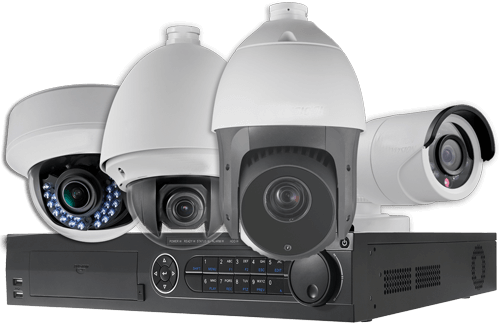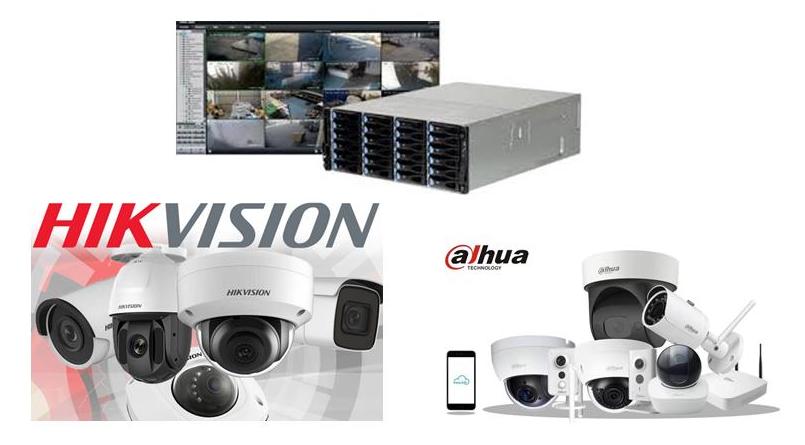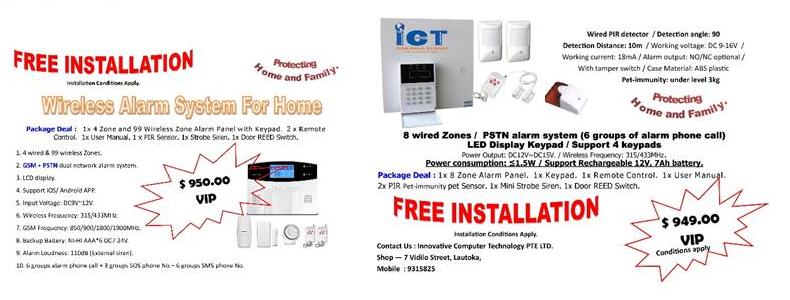What Is CCTV & How Does it Work ?
CCTV, or closed-circuit television, is a system that allows you to keep an eye on what’s going on in and around your business. Cameras and monitors enable you to view events live, and recorders archive footage for later reference. Don’t mistake a CCTV monitor for an ordinary television. It doesn’t receive publicly broadcasted content—only footage from security cameras installed on the premises.
CCTV technology has been around for decades, but improvements in recent years make it even more effective at capturing criminals in the act and bringing them to justice. Consider the various parts of a CCTV system and how they all work together.

Install Business Security Technology With State Systems Inc.
The purpose of security cameras is to capture footage, especially in any vulnerable or high-crime places in and around your building. You have several basic security camera options to choose from :
Wired security cameras
Wired security cameras use cables to transmit footage and conduct video surveillance, but the signal can weaken when the transmission range exceeds 300 meters. Using the appropriate networking cables, switches, and signal boosters can help overcome this problem. Several cameras can be interconnected to a single monitor located in a security room.
Analog cameras
Analog cameras have been around for years and are still the most common type of CCTV camera installed today. They have basic functionality and store video onsite.
IP (Internet protocol) cameras
IP (Internet protocol) cameras carry out the same functions as their analog counterparts, but with vastly greater capabilities. IP cameras boast sharper, higher resolution images and more flexible features like remote zoom and repositioning. They also give you the option to view footage on a web browser. This makes it possible to receive notifications regarding anything peculiar your cameras records—such as movement inside your business at 3:00 am—and view it live from anywhere via a computer or smartphone. The major drawback of IP cameras is their higher price tag.
STRUCTURED CABLING SERVICES
All CCTV systems require some amount of cabling, even those with wireless cameras. Cables link different pieces of equipment together, including monitors, recorders, modems, and wired cameras.
VIDEO RECORDERS
When a CCTV camera spots something of interest, a recorder ensures you can go back and view it later. You can set up your cameras to record everything they capture, but that takes up a lot of storage space. For this reason, you may want to program your cameras to record only during certain times of the day or when they detect movement. Your video recording options include DVR and NVR.
• DVRs, or digital video recorders, are the modern replacement for analog recorders that use videotapes. DVRs capture footage from analog cameras in a digital format at the desired resolution and frames per second. When the hard disk gets full, new images will record over the oldest footage first.
• NVRs, or network video recorders, work similarly to DVRs, but they’re compatible with IP cameras. Your cameras and NVR connect via a network switch or router. You can easily access footage on an NVR through a web browser or mobile app.
• A Note about hard disks: Make sure you select surveillance-grade hard disks for your DVR or NVR. These are built with more durable components than regular computer hard drives so they can run 24/7 if necessary.
DISPLAY UNIT
To view live or recorded footage from your security cameras, you must hook up your DVR or NVR to a TV or monitor. The display unit for your CCTV system can range from a simple monochrome screen to an HD color monitor. If you have IP cameras, you can also view footage remotely from a smartphone or computer.

What Is Alarm Monitoring and How Does it Work ?
Alarm monitoring is quick and detailed communication between your home security system and the central station of your security provider. Your control panel registers an emergency event and sends a signal to the central monitoring station, where the appropriate authorities are notified and sent to your home.
The technical specifics may be slightly different for each security provider, but the basics of alarm monitoring is similar in any home security system. Your system control panel is the centre of a network of sensors, which may include window or door sensors, motion detectors, tamper sensors on the telephone box, or specialized temperature, flood, and smoke detectors. When your system is armed and any of these sensors are triggered, a signal is sent to the monitoring station-typically via your telephone line, although some alarm monitoring systems also offer alternate or backup transmission options.
The first signal sent by your control panel will alert monitoring personnel at the central station, who will call to notify you and confirm whether it’s a real emergency or a false trigger. If you don’t respond, the alarm monitoring service contacts the proper agency to dispatch emergency personnel to your address. Some security systems offer additional features, such as immediate alarms, which don’t depend upon a confirmation call or silent alarms that don’t alert intruders and give them a chance to disable the system before the follow-up signal is sent.
Critical information is sent by your home security system to the alarm monitoring centre, including account identification (to access your address and contact information) and the type of sensor that has been triggered.
For example, a smoke detector event will cause the alarm monitoring service to contact the fire department, while the signal from a medical alert pendant will be routed to ambulance or paramedic services.
